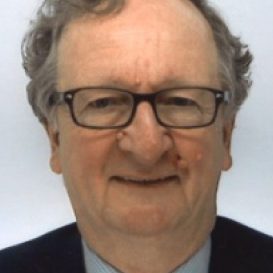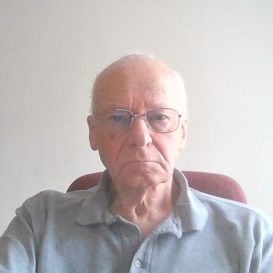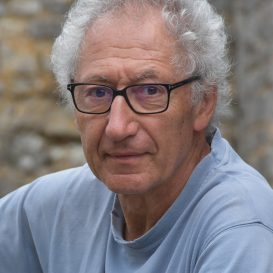
Geoff Shingles CBE
Geoff Shingles CBE joined Digital Equipment Corporation (DEC) UK when it had three people in 1965. DEC was a Boston-based minicomputer company mostly then serving the technical and scientific communities. In his first year the PDP-8 was launched. It was the first commercially-successful minicomputer with over 50,000 sold worldwide during its life. He was soon MD of the UK and stayed with DEC until he was 55 after which he split his time between IT start-ups.






